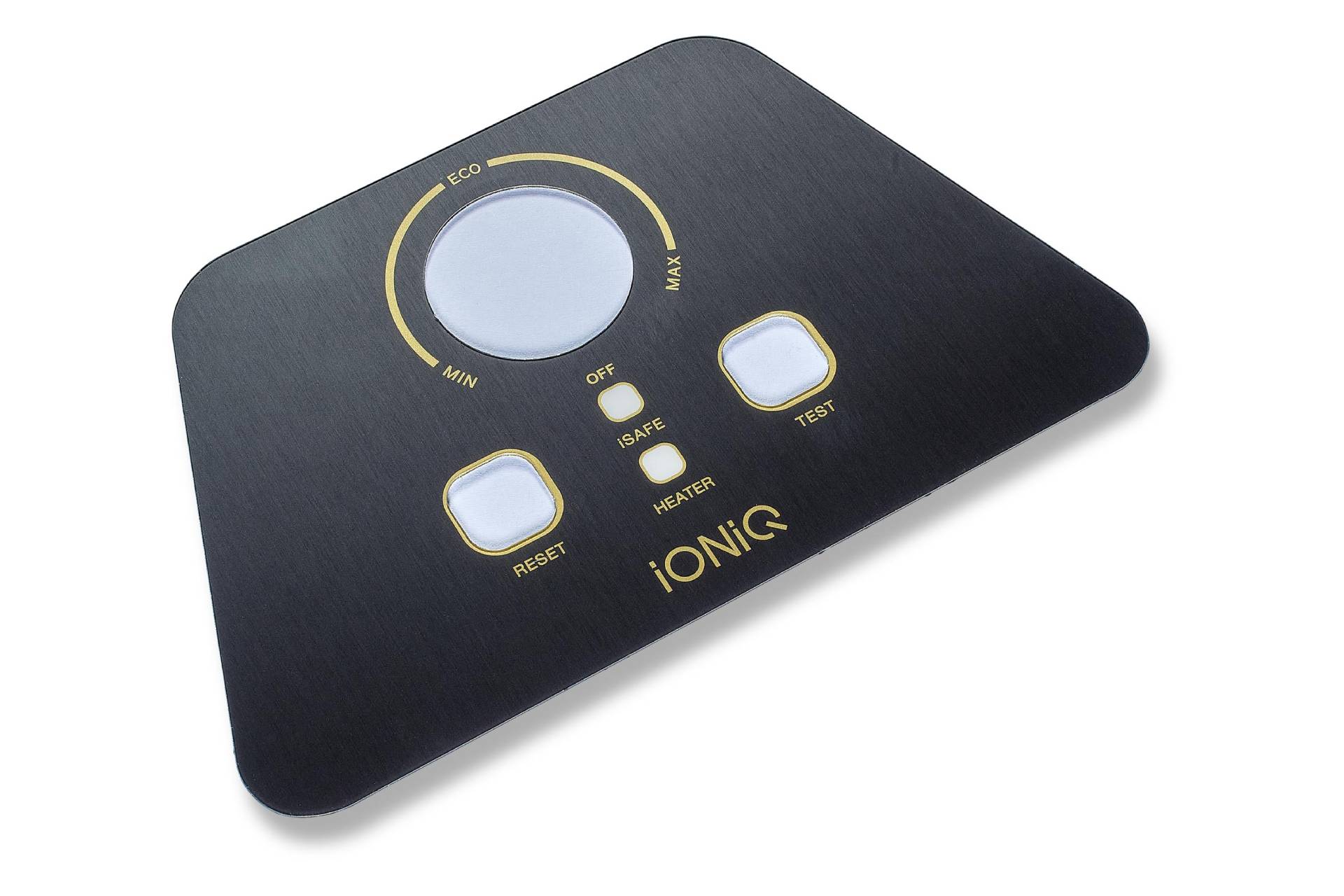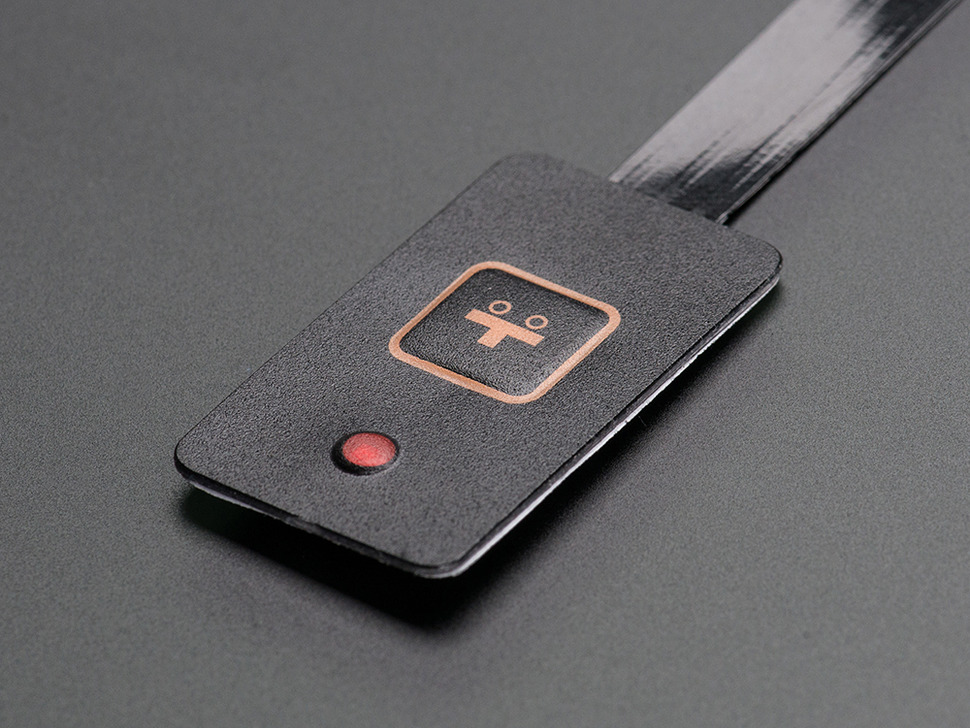Membrane Switch Manufacturer Serving Healthcare and Defense Industries
Exploring the Manufacturing Refine of Membrane Switch for Various Industries
The manufacturing procedure of Membrane switches is a complex endeavor that requires accuracy and attention to information. From choosing appropriate products to executing rigorous quality assurance steps, each step plays a crucial function in making sure performance. Various sectors, including medical and auto, rely upon these elements for their distinct applications. Understanding the details of this procedure reveals substantial understandings into just how these buttons are generated and their effect across diverse fields.
Recognizing Membrane Switches Over: An Introduction

Secret Materials Made Use Of in Membrane Switch Manufacturing
In Membrane switch manufacturing, the selection of vital materials greatly influences performance and resilience. Conductive materials, adhesives, and coatings play crucial roles, while substrate selection influences overall performance and integrity. Understanding these components is necessary for maximizing the design and manufacturing of Membrane buttons.
Conductive Products Summary
Conductive products play a vital function in the performance of Membrane buttons, ensuring trustworthy electrical connections within the gadget. Frequently used products consist of silver, copper, and carbon-based inks, each offering distinctive advantages. Silver is preferred for its high conductivity and longevity, making it perfect for applications needing durable efficiency. Copper, while a little much less conductive than silver, is a cost-effective option commonly made use of in published circuits. Carbon-based inks supply a functional alternative, suitable for applications where flexibility and reduced expenses are prioritized, although they have lower conductivity compared to metal options. The choice of conductive products straight affects the general dependability, life-span, and performance of the Membrane switch, making it an essential factor to consider in the manufacturing process.
Adhesives and Coatings
Adhesives and layers are necessary parts in the production of Membrane buttons, providing crucial bonding and safety residential properties. These materials guarantee that different layers of the switch, including visuals overlays and wiring, stick safely to one another, enhancing sturdiness and capability. Generally made use of adhesives consist of pressure-sensitive adhesives (PSAs) and epoxy-based solutions, which supply solid bond and durability. Coatings, such as polyurethane or acrylic, offer to shield versus environmental elements, including moisture, abrasion, and chemicals. Additionally, layers can improve tactile responses and aesthetic charm, adding to the total user experience. The selection of ideal adhesives and finishes is important for optimizing performance and durability in diverse applications throughout numerous markets, making sure that Membrane switches over satisfy specific functional demands.
Substratum Selection Aspects
Substrate choice plays an essential duty in the production of Membrane buttons, as it significantly influences their general performance and longevity. Secret materials such as polyester, polycarbonate, and flexible printed circuit boards (FPCBs) are frequently utilized for their unique homes. Polyester is preferred for its cost-effectiveness and resistance to abrasion, making it appropriate for applications with high wear. Polycarbonate offers exceptional quality and effect resistance, perfect for atmospheres calling for high visibility. FPCBs offer enhanced adaptability and are usually used in intricate styles. The choice of substratum also influences elements like thermal stability, chemical resistance, and convenience of printing. Ultimately, picking the ideal substrate is important for guaranteeing the capability and longevity of Membrane switches across different markets.
The Style Process of Membrane Changes
The style procedure of Membrane buttons is a crucial stage that substantially affects the capability and aesthetics of the end product - membrane switch manufacturer. It begins with defining the particular demands of the application, including dimensions, switch design, and responsive feedback preferences. Designers have to think about user communication, making certain that the button is intuitive and accessible.Next, products are chosen based on sturdiness, versatility, and ecological resistance. The integration of graphics and branding elements is also essential, as it enhances aesthetic allure and interaction. Prototyping enables iterative screening, allowing adjustments based upon user feedback and efficiency evaluations.Additionally, the layout has to account for the electric elements, such as ports and circuits, guaranteeing reliability and simplicity of usage. Inevitably, an effective design harmonizes functionality, aesthetics, and customer experience, leading the method for efficient production and resilient performance in various markets
Printing Techniques for Membrane Switches Over
The printing strategies made use of in Membrane button manufacturing play an essential function in determining the end product's high quality and functionality. Display printing offers benefits such as sturdiness and lively color application, while digital printing innovations provide versatility and precision in style. Understanding these approaches can significantly affect the overall efficiency of Membrane buttons in different applications.
Display Printing Benefits
Many benefits make screen printing a favored technique for generating Membrane buttons. This method enables top notch, vibrant shades and detailed styles, which are important for interface applications. Display printing is particularly effective for applying thick ink layers, enhancing resilience and tactile feedback. In enhancement, it uses superb bond to different substratums, making sure long life popular environments. The process is cost-efficient for huge production runs, as it decreases arrangement time and waste. Furthermore, screen printing sustains a vast array of have a peek here inks, consisting of specialty and UV-curable options, enabling adaptability in style. Its ability to generate regular results across several units makes it a reputable option for producers going for quality and performance in Membrane switch manufacturing.
Digital Printing Innovations

Innovations in digital printing innovation are transforming the production of Membrane buttons, offering manufacturers innovative solutions that enhance layout adaptability and efficiency. Digital printing permits for detailed styles and high-resolution graphics, enabling customized branding and performance without the constraints of conventional approaches. This technique minimizes arrangement times and costs, promoting shorter manufacturing runs and very little waste, making it ideal for businesses with differing needs. Furthermore, advancements in ink solutions supply far better resilience and attachment, ensuring longevity in different settings. As sectors increasingly seek complicated and individualized layouts, digital printing stands apart as a crucial strategy, setting a new standard in Membrane switch manufacturing. The combination of these innovations settings producers to satisfy progressing market requires successfully.
Setting up and Layering of Membrane Switch Parts
Mindful setting up and layering of Membrane switch components are necessary to guaranteeing functionality and resilience. This procedure starts with the precise alignment of numerous layers, consisting of the graphic overlay, adhesive, circuit layer, and backing material. Each part needs to be very carefully placed to keep electrical integrity and interface responsiveness.During assembly, conductive traces are put on the circuit layer, usually made from products like polyester or polycarbonate. This layer is important, as it beams when pressure is applied. The sticky made use of for bonding these layers is likewise chosen for its ability to endure ecological tensions while keeping a secure bond.Heat and stress are typically applied throughout the setting up process to establish that the layers stick effectively without jeopardizing the performance of the button. Ultimately, focus is provided to the side sealing to secure versus dampness and impurities, protecting the durability of the Membrane switch in numerous industrial applications.
Quality Assurance Actions in Membrane Switch Production
Quality assurance procedures play a crucial role in making sure right here the dependability and performance of Membrane switches over complying with the assembly and layering of their elements. In the manufacturing procedure, a number of crucial assessments are performed to copyright quality standards. These consist of visual inspections for issues in printing and sticky application, along with useful tests to verify the responsiveness of each switch.Additionally, environmental testing is done to assess the switches' toughness versus temperature fluctuations and moisture exposure. Suppliers commonly carry out statistical process control (copyright) strategies to keep track of production uniformity, allowing very early detection of anomalies.Furthermore, traceability systems are developed to track materials and elements, making sure liability and promoting recalls if essential. Calibration of devices and adherence to sector standards are likewise essential to preserving item integrity. Collectively, these top quality control measures safeguard the performance of Membrane switches across various applications, eventually enhancing customer contentment.
Applications of Membrane Switches Across Different Industries
Membrane buttons are made use of throughout a varied array of industries, showcasing their flexibility and adaptability. In the medical industry, they supply reliable and waterproof interfaces for tools such as diagnostic tools and infusion pumps, making sure hygiene and simplicity of usage. The vehicle industry uses Membrane switches for dashboard controls, enabling seamless interaction between the motorist and automobile systems.In customer electronic devices, these switches are located in home appliances and portable tools, providing a smooth, contemporary aesthetic while improving capability. Industrial applications also utilize Membrane changes for equipment control board, where resilience and resistance to rough problems are essential.Furthermore, the aerospace and protection fields utilize Membrane switches for cabin instrumentation and communication systems, focusing on dependability and efficiency under extreme problems. On the whole, Membrane buttons play a crucial duty in boosting the user experience and operational effectiveness across numerous domains.
Regularly Asked Concerns
Exactly how Lengthy Does It Take to Produce a Membrane Layer Switch?
The production time for a membrane layer switch typically varies from a few days to a number of weeks - membrane switch manufacturer. Variables affecting this duration include layout intricacy, material accessibility, and manufacturing quantity, all impacting the overall timeline significantly
What Is the Normal Lifespan of a Membrane Switch?
The common lifespan of a membrane button generally varies from 1 to 5 million actuations, relying on variables such as worldly high quality, environmental conditions, and use frequency, substantially affecting resilience and general performance.
Can Membrane Switches Over Be Custom-made for Certain Applications?
Membrane switches can without a doubt be customized for certain applications. Their design adaptability enables for alterations in dimension, form, shades, and graphics, ensuring compatibility with special demands across various industries and improving functionality and user experience.

Are Membrane Switches Environmentally Friendly?
The environmental effect of Membrane switches over varies. Some materials made use of might not be green, while innovations in producing procedures are significantly concentrating on sustainability, intending to reduce waste and promote recyclable components in their manufacturing.
What Are the Typical Failing Modes of Membrane Switches?
Typical failure settings of Membrane buttons consist of delamination, adhesive failing, deterioration from usage, wetness access, and electrical failures. These problems can significantly impact performance, efficiency, and life-span in different applications across various markets. Membrane switches can be customized to fit certain design needs, such as dimension, shape, and functionality, making them highly adaptable.The building and construction usually includes several layers, consisting of a graphic overlay, glue, and a circuit layer, which function together to create a seamless customer experience. In Membrane button production, the selection of vital materials considerably influences functionality and longevity. The automobile sector utilizes Membrane buttons for control panel controls, allowing smooth interaction in between the driver and automobile systems.In consumer electronic click site devices, these buttons are found in devices and handheld devices, using a streamlined, modern-day aesthetic while boosting performance. Industrial applications also take advantage of Membrane switches for equipment control panels, where longevity and resistance to severe conditions are essential.Furthermore, the aerospace and defense fields make use of Membrane buttons for cockpit instrumentation and interaction systems, prioritizing dependability and efficiency under extreme conditions. Membrane buttons can indeed be personalized for certain applications.